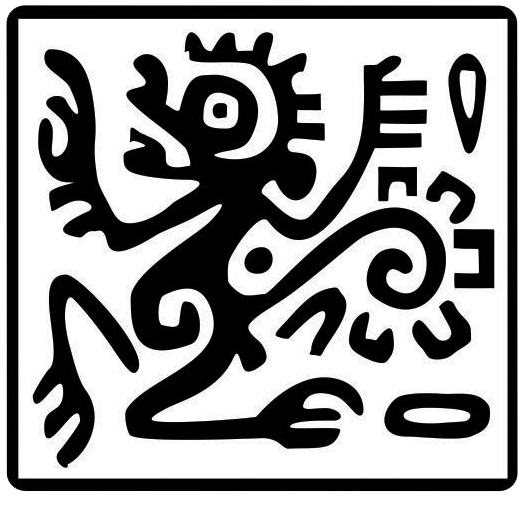SARS-CoV-2 and mammals: A short revision
Abstract
In 2019, an outbreak of pneumonia of unknown origin was reported in China, reminiscent of the Severe Acute Respiratory Syndrome (SARS) virus outbreak during the years 2002-2003. In February 2020, the new virus was identified as a member of the Coronaviridae (CoV) family, initially named nCOV-19 and associated with the disease called COVID-19. It was later renamed SARS-CoV-2 by the international committee on taxonomy of viruses (ICTV), as it shares similarities with 6 previously known and described human coronaviruses, including SARS-CoV and MERS-CoV. Bats, reservoirs of many coronaviruses, were the first mammals presumed to be involved in the transmission cycle. The search for the natural reservoir or host of SARS-CoV-2 has focused on bats of the genus Rhinolophus (Asian horseshoe bats). However, as with other coronaviruses, intermediate hosts that have not yet been identified may be necessary for transmission to humans. The purpose of this work was to conduct a review of the current knowledge of the mammalian hosts of SARS-CoV-2 and the clinical manifestations they have presented. In addition, potential reservoirs are explored, and intermediate hosts are proposed. Finally, we list the challenges in identifying these key species in the virus transmission cycle and advocate for a One Health approach to prevent future pandemics.
Copyright (c) 2024 Therya Notes

This work is licensed under a Creative Commons Attribution-NonCommercial-NoDerivatives 4.0 International License.
THERYA NOTES is based on its open access policy allowing free download of the complete contents of the magazine in digital format. It also authorizes the author to place the article in the format published by the magazine on your personal website, or in an open access repository, distribute copies of the article published in electronic or printed format that the author deems appropriate, and reuse part or whole article in own articles or future books, giving the corresponding credits. The Creative Commons CC BY-NC-SD license is used.![]()









